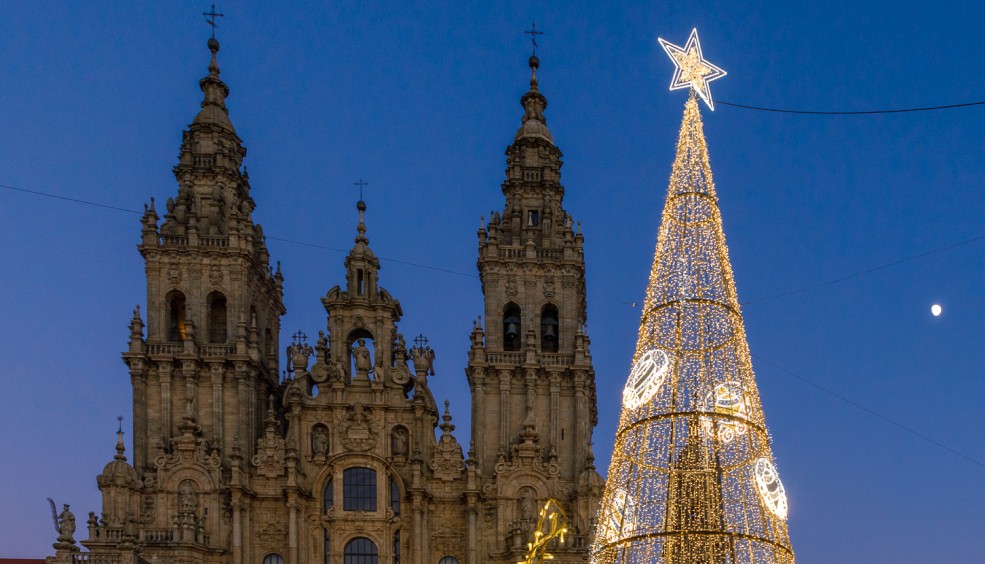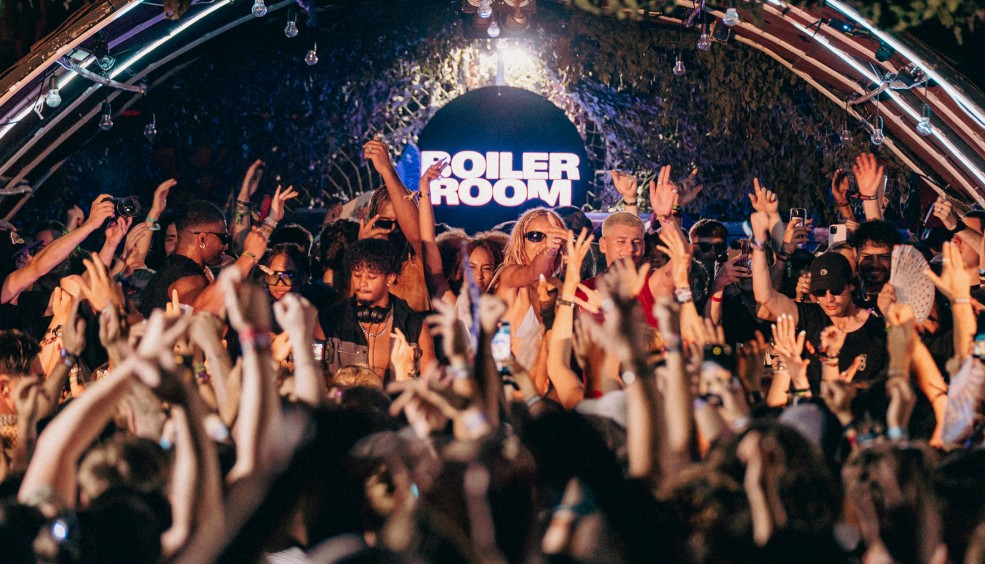The Rebellious Heart of Berlin
Some journeys take you to unknown places, some envelop you in peace and tranquillity while others are designed to help tap your inner creativity. Without a doubt, Berlin manages all three of these things. Let’s walk today through the melting pot of the city’s most rebellious heart, where new artistic spaces open every year, where music, art and design coexist with parks, restaurants and street markets. Perhaps this is why more than 8 million tourists come here every year, only to discover it has changed slightly each time they return. Carlos Medina, from My Vueling City, guides us through the city to a musical backdrop. OnPiedra de Toque, we continue to seek the hidden side of our cities. Today, Berlin, with the Kreuzberg district, the Prenzlauer Berg district and the B-Parade.
The strong>Krezberg district: 160,000 inhabitants of 200 different nationalities, Turkish being the majority. “After the wall came down, Berlin united the two Germanies – the east occupied by the Russians and the west occupied by the Americans, French and English. The Kreuzberg district lies in the east, boasting a great night life and a spectacular Turkish market. Simply consider that Berlin is the European capital with the most Turks and that most of those live in the Kreuzberg district. However, there is another area that, given the low rent prices, is also full of all sorts of creative people. A visit to the Prenzlauer Berg district is highly recommendable. Here you will find cafés and restaurants of all nationalities with an excellent offer at more than reasonable prices. Top spots for Carlos Medina: Il pane e le rose, Mami Camilla, A Cabana.
Volkspark Friedrichshain has been the perfect place to get away from the hustle and bustle of the city for more than 160 years. It is the oldest public park in Berlin. Mauerpark and its street market is the other essential location for discovering the hidden side of the German capital. Finally, if it’s the various shopping areas that turn you on, then Castangalle is the place for you.
B-Parade, 21 July. To conclude our visit to Berlin, we will mention the old Love Parade that began in 1989 before the fall of the Berlin Wall and that lives on today under a new name: B Parade. This popular street festival gathers a large number of DJs and performances to create the biggest party in Europe. This year, it will be held on 21 July.
Picture by David Herrmann
Does this make you feel like going? Then do it! Check out our prices here!
more info
Eight things to do with kids in London
Fun is guaranteed when you come to London with the family. Museums, themed cafés, endless adventures, toy shops, attractions and more.
more infoSeven Reasons to Visit Santiago de Compostela at Christmas
Santiago de Compostela is the ideal destination for a Christmas getaway. It's almost impossible to put into words how magical every corner of this fairy-tale city is at Christmas.
more infoTen things to do in Malta when the good weather arrives
Music, art, fireworks, ice-cold beers and endless nights on the beach. When the good weather arrives, Malta comes alive!
more info




